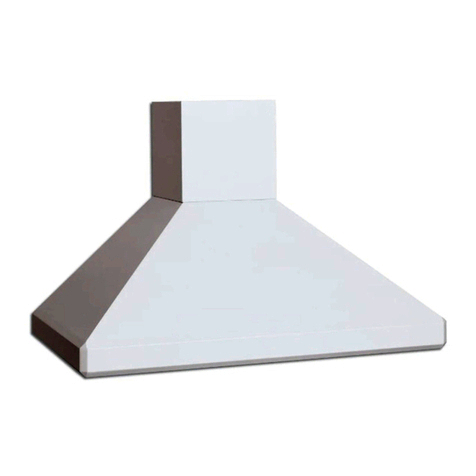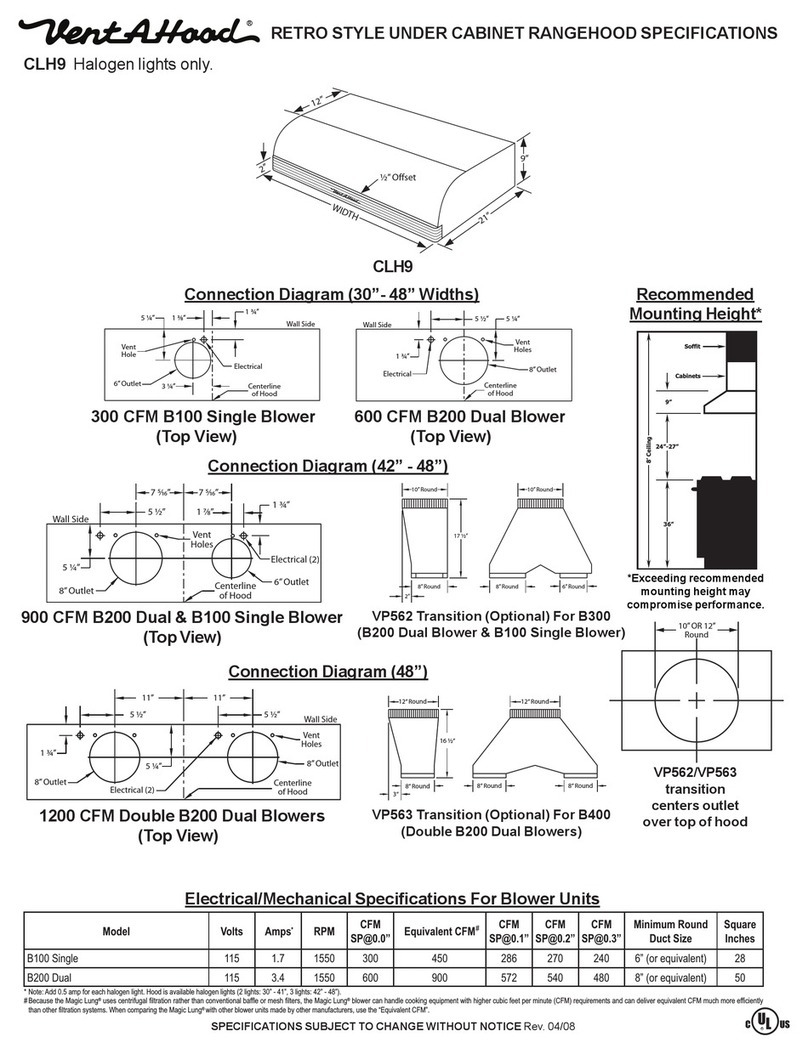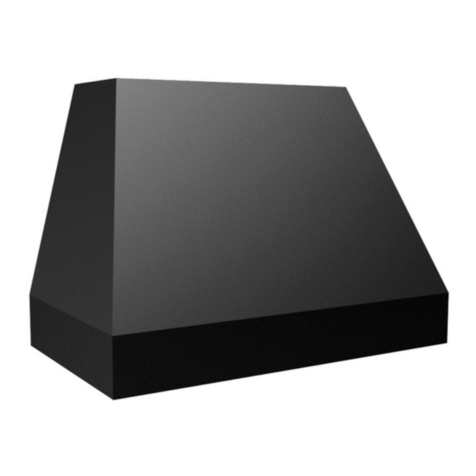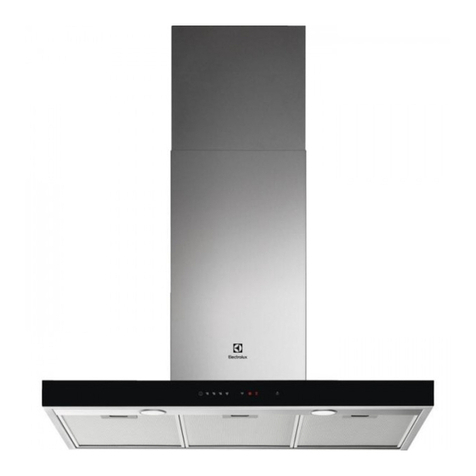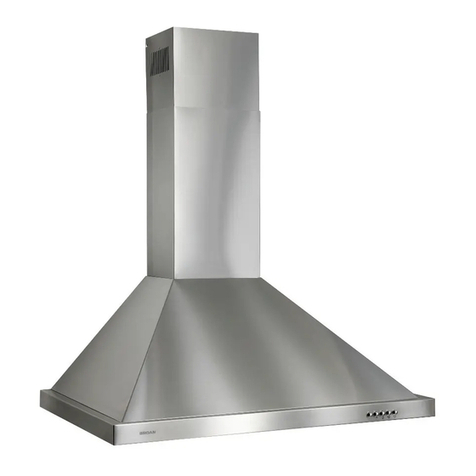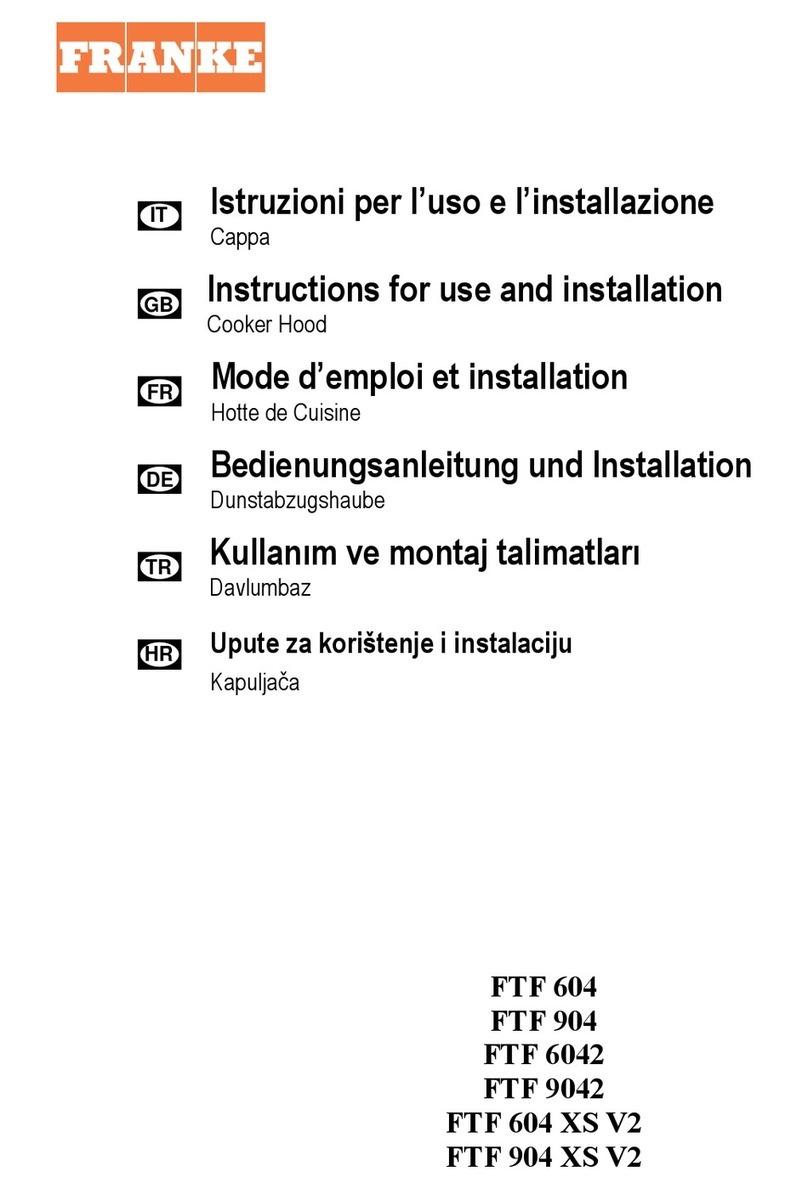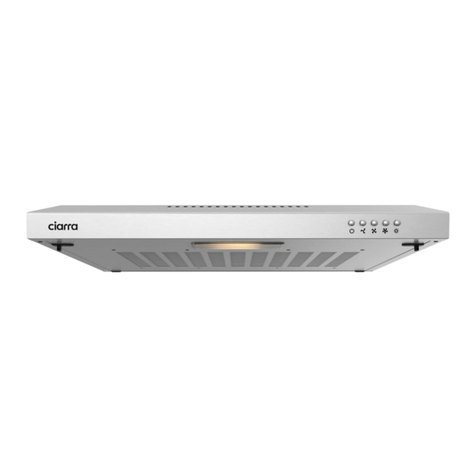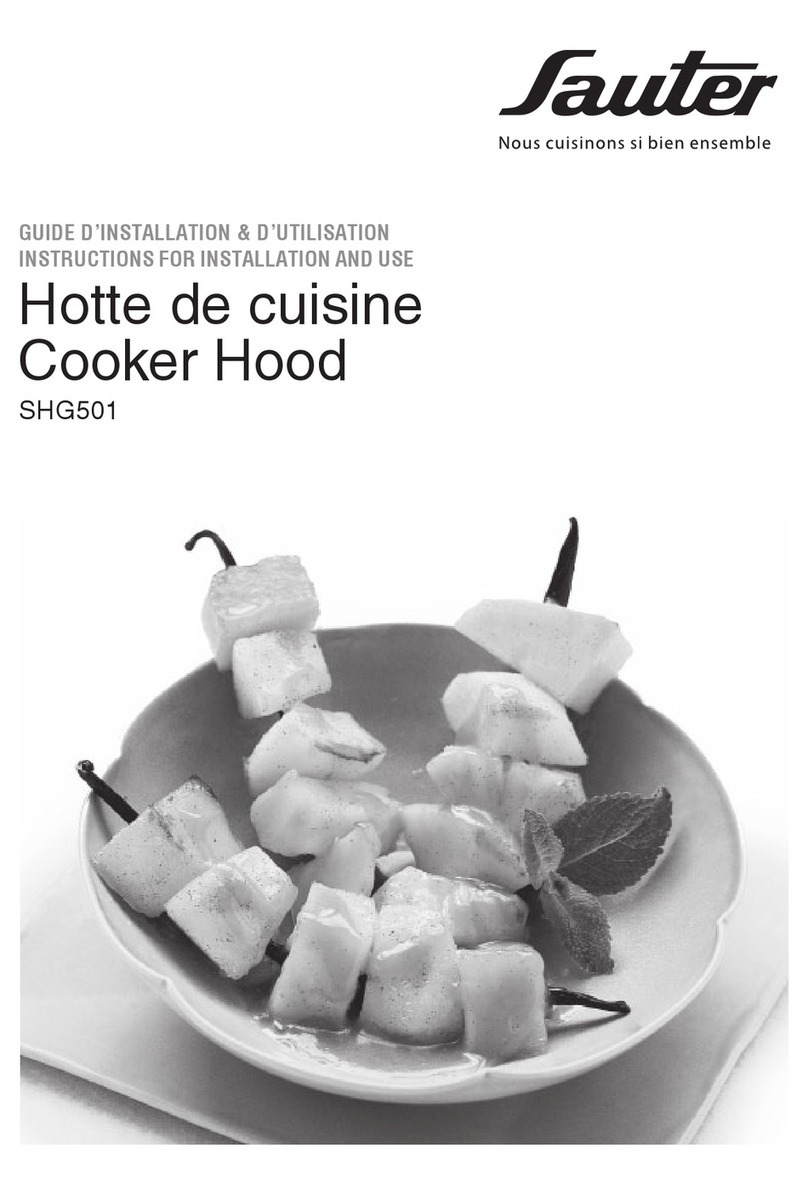VentAHood Equipped with Magic Lung Blower Operating manual
Other VentAHood Ventilation Hood manuals
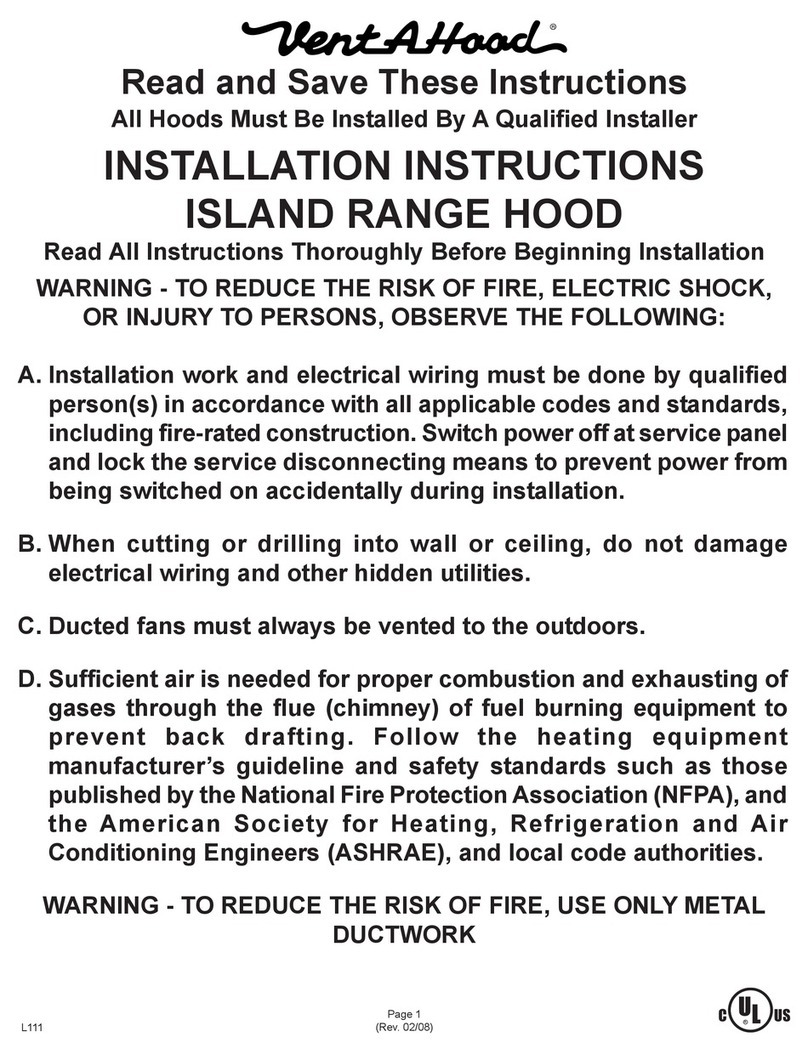
VentAHood
VentAHood ISLAND RANGE HOOD User manual
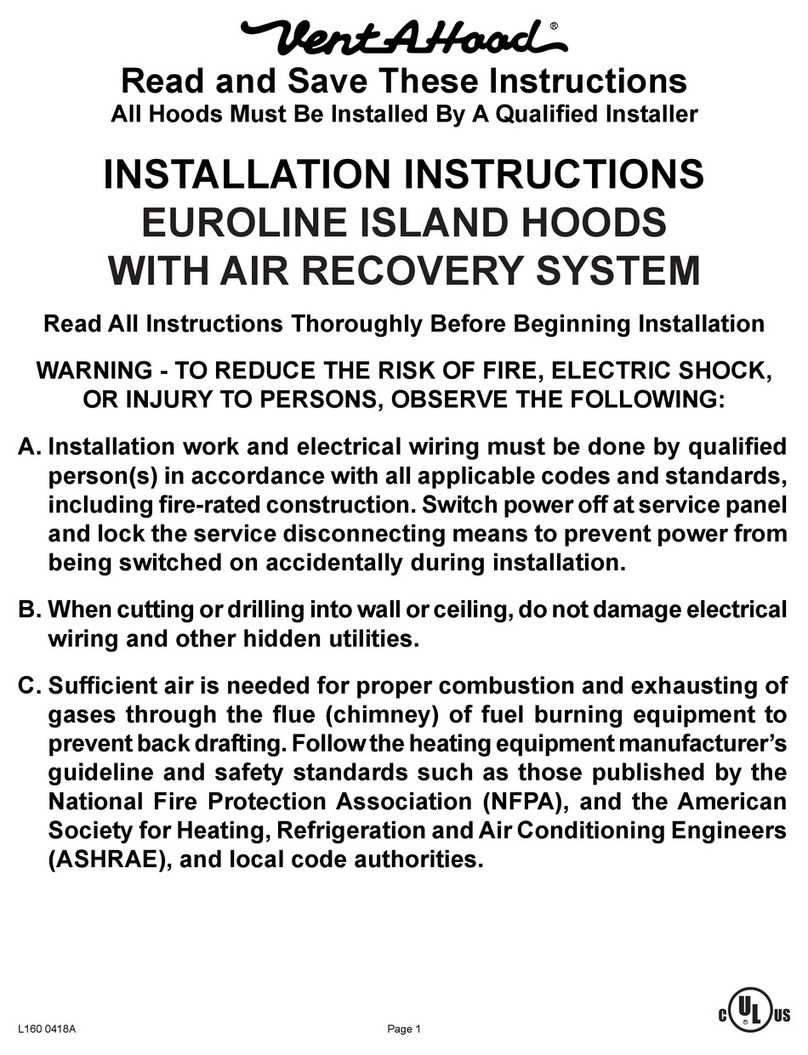
VentAHood
VentAHood K250 ARS User manual

VentAHood
VentAHood RM1000 Operating manual

VentAHood
VentAHood AH12 User manual
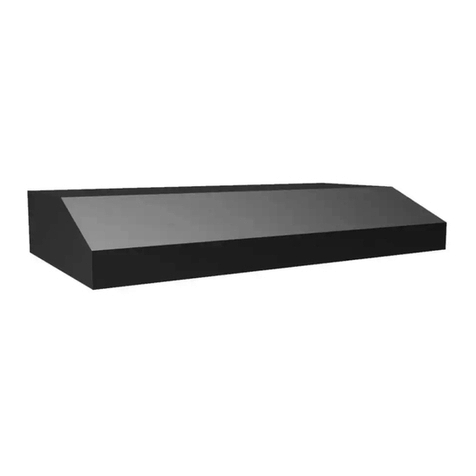
VentAHood
VentAHood K-SERIES User manual

VentAHood
VentAHood EUROLINE User manual

VentAHood
VentAHood K250 ARS User manual

VentAHood
VentAHood Ventilation Hood Models Equipped with K250... User manual

VentAHood
VentAHood K250 ARS User manual
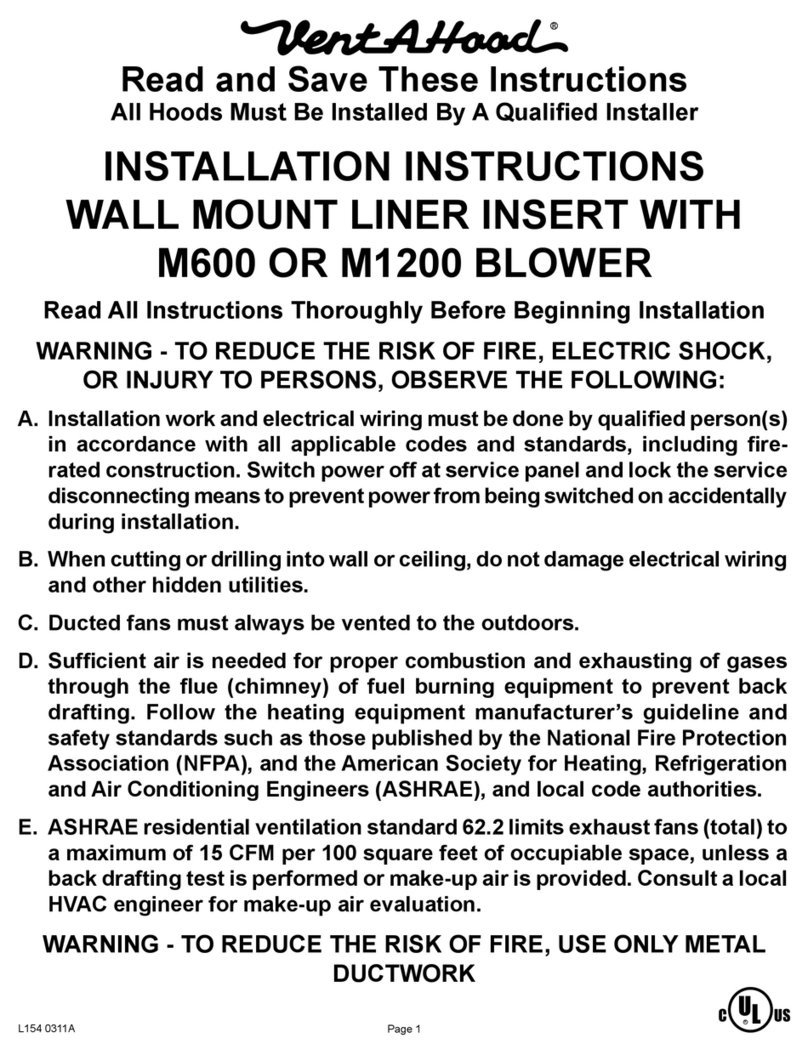
VentAHood
VentAHood M600 User manual

VentAHood
VentAHood XLH12 User manual

VentAHood
VentAHood CWSH3 User manual

VentAHood
VentAHood T400 User manual

VentAHood
VentAHood EUROLINE User manual

VentAHood
VentAHood B100 User manual

VentAHood
VentAHood VP526 User manual

VentAHood
VentAHood DAH18 User manual
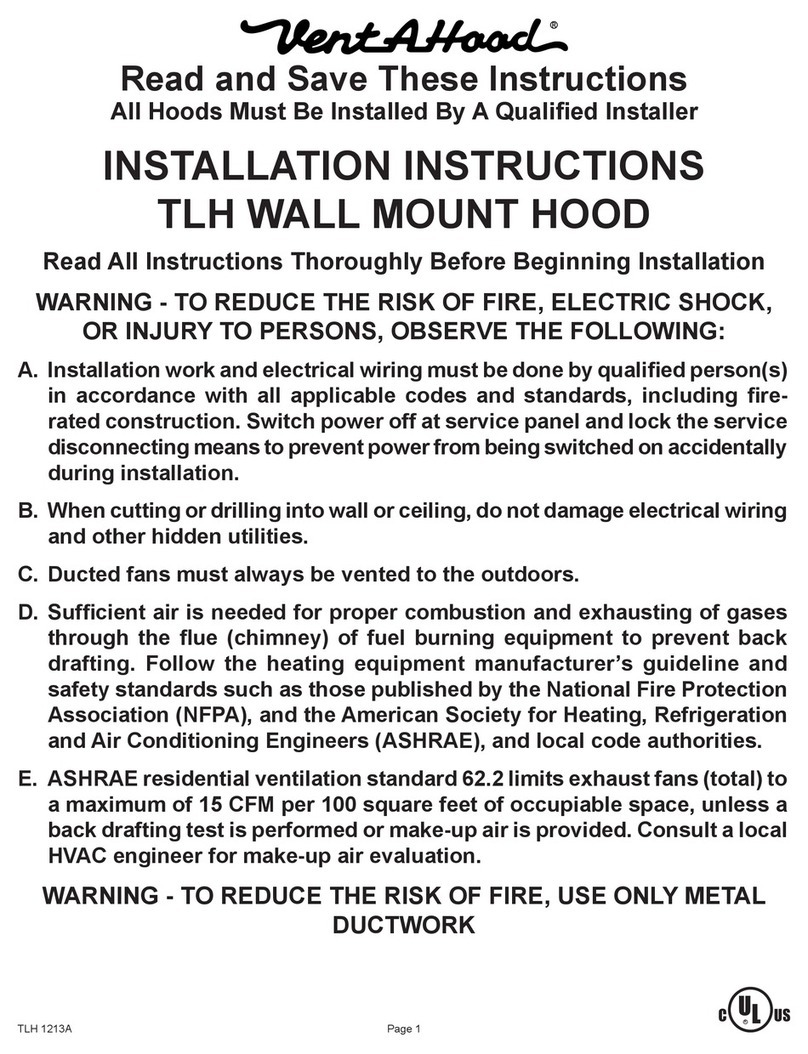
VentAHood
VentAHood B100 Single User manual
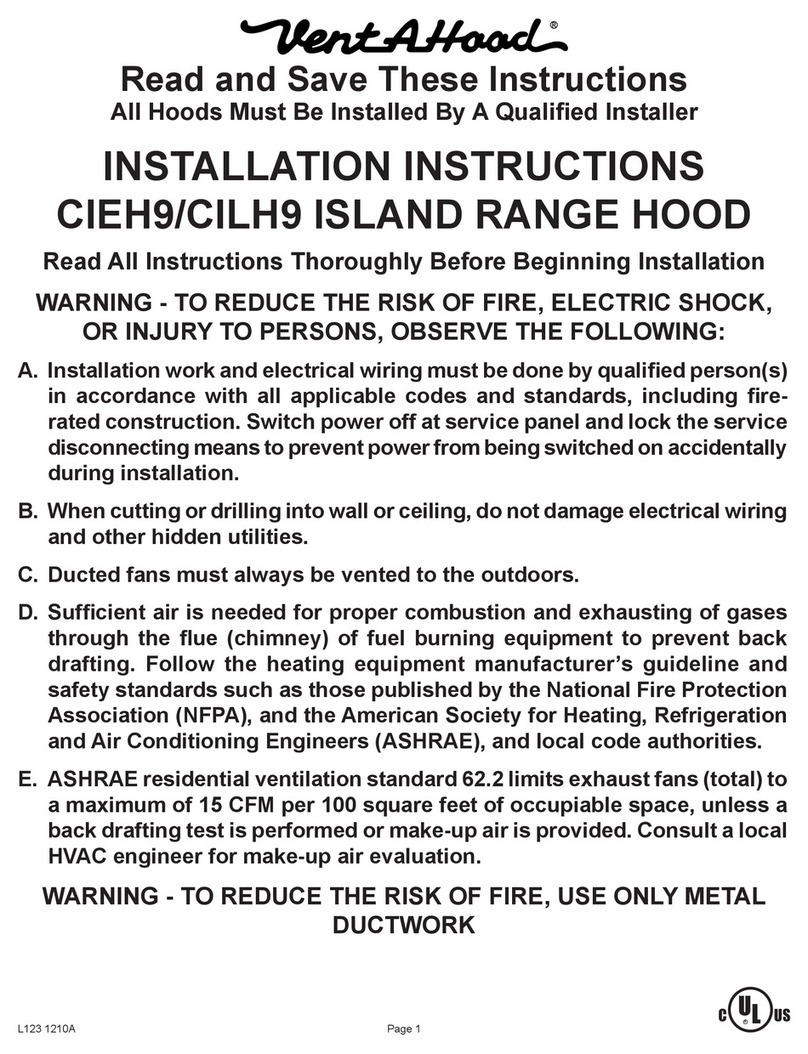
VentAHood
VentAHood CILH9 ISLAND RANGE HOOD User manual
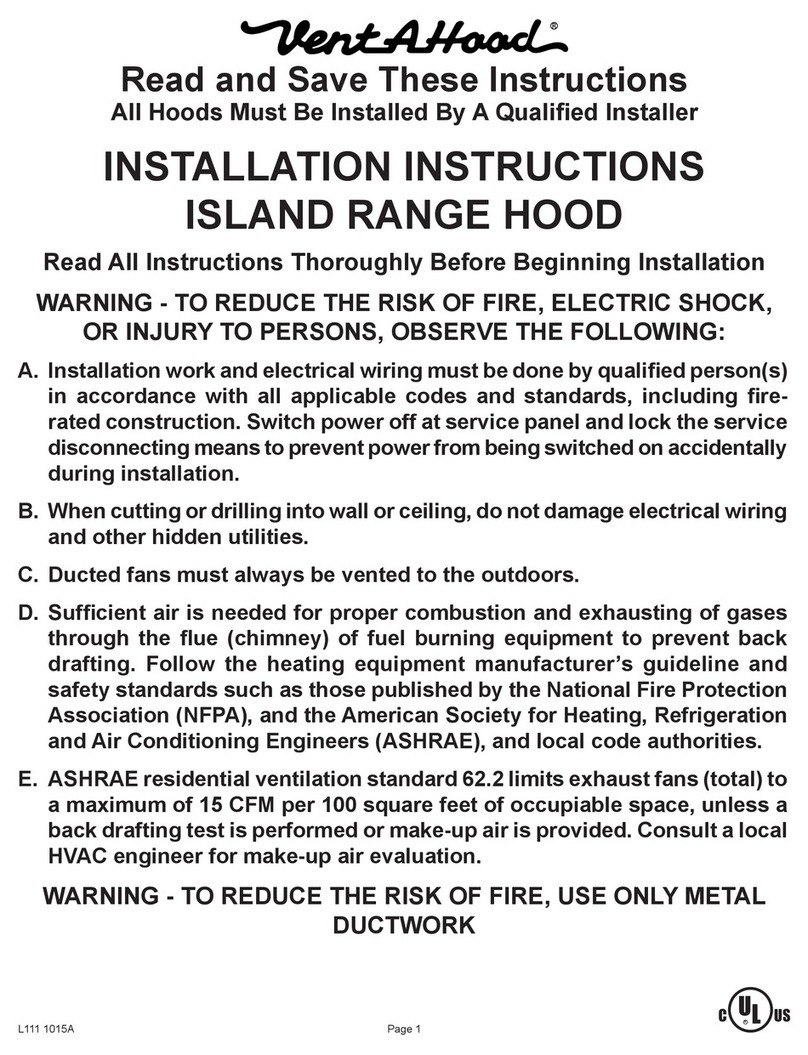
VentAHood
VentAHood ISLAND RANGE User manual
Popular Ventilation Hood manuals by other brands
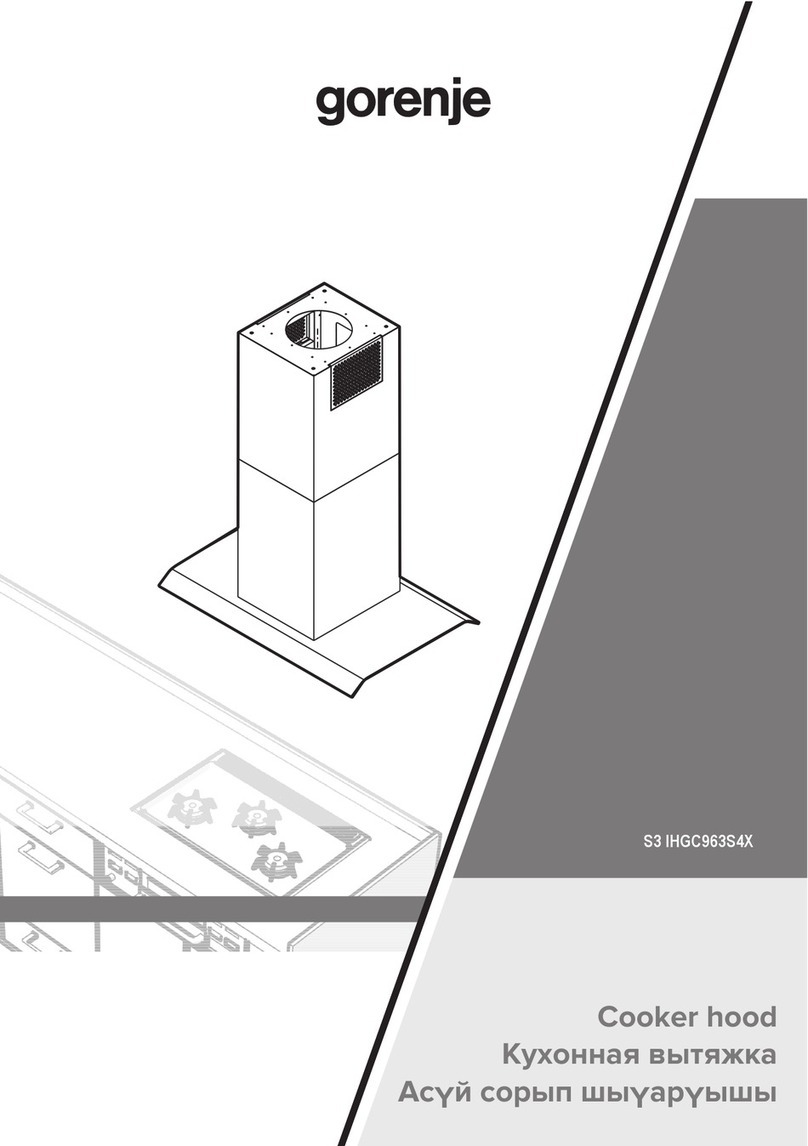
Gorenje
Gorenje S3 IHGC963S4X manual

KOBE
KOBE ISX2136SQB-1 Installation instructions and operation manual

U.S. Products
U.S. Products ADVANTAGE-100H Information & operating instructions

Kuppersberg
Kuppersberg DUDL 4 LX Technical Passport
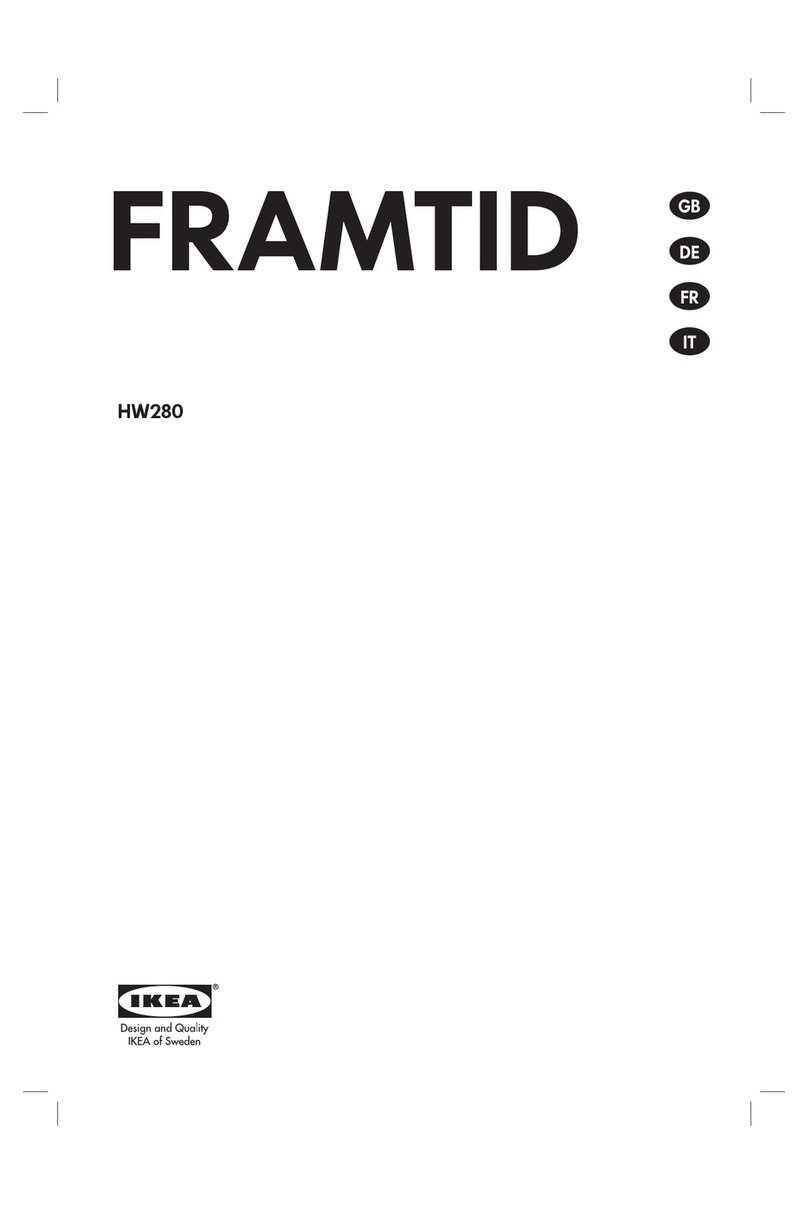
Framtid
Framtid HW280 manual
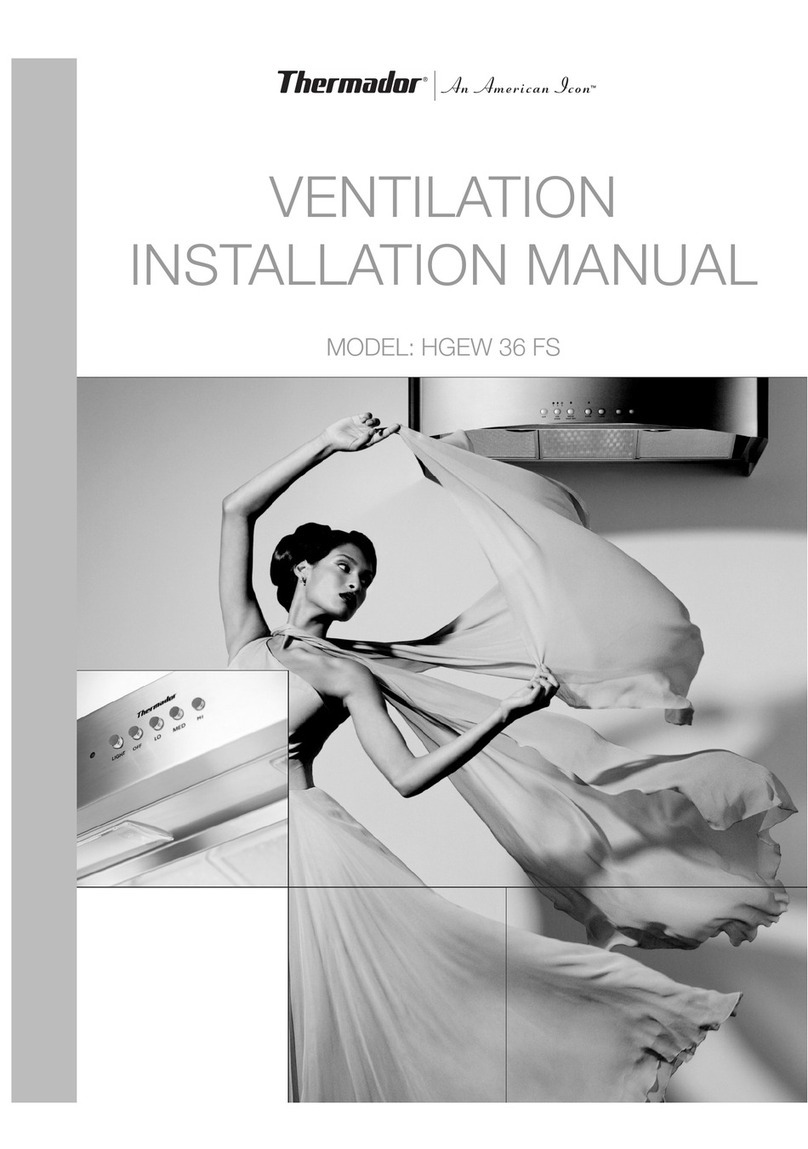
Thermador
Thermador HGEW 36 FS installation manual
